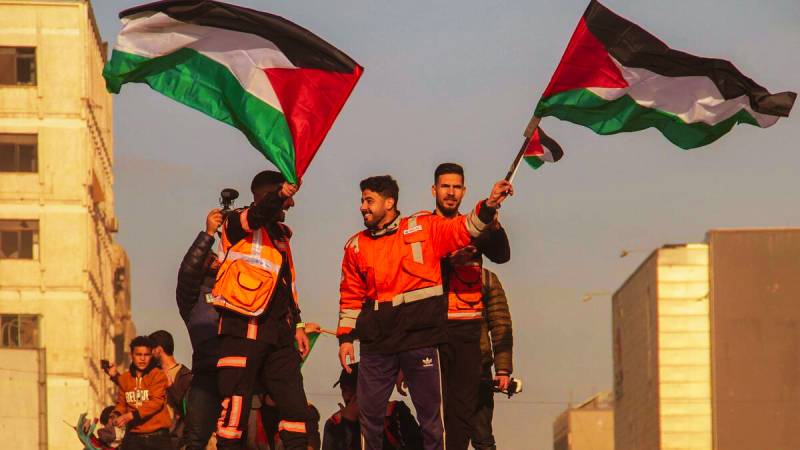
The recent ceasefire between Israel and Hamas, which became effective on January 19, marks a temporary pause in a conflict characterised by cycles of violence, destruction, and profound suffering. At its core, the conflict stems from deeply entrenched territorial disputes, the blockade of Gaza, and the unresolved issue of Palestinian statehood. This latest escalation, triggered by Israel’s extensive military campaign in Gaza, resulted in widespread civilian casualties and devastating damage to Gaza’s infrastructure including schools and hospitals. The truce, brokered with significant mediation from the United States (US) and Qatar, reflects urgent international efforts to alleviate the humanitarian crisis and stabilise the region. The US, under domestic pressure to mitigate criticism of its overwhelming support for Israel, leveraged its influence to secure the deal. Regionally, Qatar, while utilising its longstanding ties to Hamas, played a pivotal role in facilitating the backdoor negotiations. These converging diplomatic efforts underscore the significance of external actors in temporarily halting the genocidal war in Gaza.
The first phase of the ceasefire has already delivered tangible, albeit tentative, outcomes. On January 19, three Israeli women hostages were released by Hamas. In return, Israel is expected to free 90 Palestinian prisoners either today on in the coming days. This exchange marks the initial steps of a broader plan under which Israel is expected to release more than 1,000 Palestinian detainees throughout the truce. In addition, the ceasefire has facilitated the daily entry of approximately 600 aid trucks into Gaza, delivering essential supplies such as food, medicine, and fuel. These measures are aimed at alleviating the dire humanitarian crisis gripping the enclave, where civilian casualties and widespread destruction have compounded years of suffering.
Hamas gains a significant tactical victory with the release of a substantial number of Palestinian prisoners, hence, enhancing its reputation as a defender of Palestinian rights and resistance
However, the asymmetry in the nature and numbers of the exchanges highlights the broader power dynamics at play. While the ceasefire offers immediate relief, it also highlights the tactical and strategic calculations of both sides. For the Israeli regime, the truce serves as an opportunity to address logistical and political challenges without compromising its overarching security strategy and control over Gaza. However, its inability to completely dismantle Hamas through military means underscores the limitations of this strategy. On the other hand, Hamas gains a significant tactical victory with the release of a substantial number of Palestinian prisoners, hence, enhancing its reputation as a defender of Palestinian rights and resistance. The cessation of hostilities would allow Hamas to regroup militarily, consolidate its political position, and prepare for future challenges. In the long term, the group could use this period to bolster its influence among Gazans, particularly if reconstruction efforts progress. This dynamic underscores a key paradox of the ceasefire deal in the sense that while it temporarily halts violence, it also provides space for both sides to prepare for potential future confrontations.
Nonetheless, despite these initial developments, the ceasefire represents a temporary calm. The second phase, which involves further negotiations on the release of remaining hostages and Israel’s potential withdrawal from Gaza, is poised to test the resilience of the brokered deal. The war-mongering Israeli Prime Minister Benjamin Netanyahu has already issued warnings that military operations could resume if negotiations falter. This underscores the fragility of the current arrangement and the deep mistrust between the parties. For the temporary ceasefire to transition into a sustainable peace, the US would have to play a pivotal role. The latter, in particular, has a critical role in ensuring that both sides adhere to the terms of the agreement while also advocating for a broader resolution to the Israeli-Palestinian conflict. Thus, addressing the structural drivers of violence ─ such as territorial disputes, blockades, and the question of Palestinian statehood ─ must become topmost priorities for the Trump Administration if regional peace and stability are to be strategically realised.

